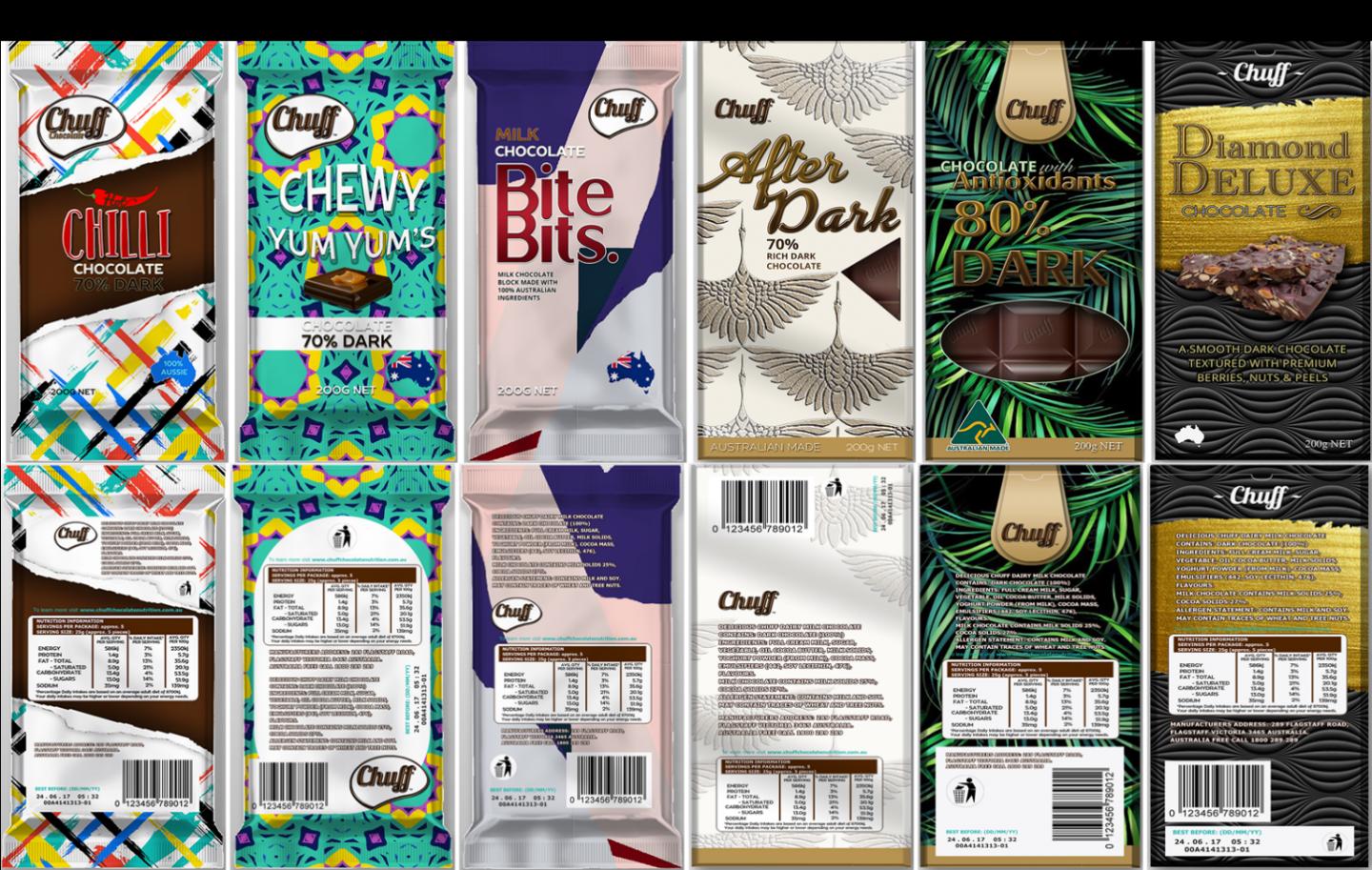CREDIT: HELIYON
London, June 6, 2019 – Packaging is the first impression consumers have of food products that influences the likelihood of purchasing. A new study in the journal Heliyon, published by Elsevier, evaluates the effect of chocolate packaging design on sensory liking and willingness to purchase. Researchers found that participants expressed stronger emotional associations with the packaging than they did from tasting the chocolate. The study concluded that while taste is the predominant factor in determining subsequent purchases, perception of taste is influenced by emotions evoked by packaging.
“There’s a difference in how consumers perceive intrinsic product cues – like flavor, aroma, and texture – which are associated with sensory and perceptual systems, and how they perceive external cues – like packaging materials, information, brand name, and price – which are associated with cognitive and psychological mechanisms,” explained co-lead investigator Frank R. Dunshea, PhD, School of Agriculture and Food, Faculty of Veterinary and Agricultural Sciences, The University of Melbourne, VIC, Australia. “The information provided via packaging can influence customers’ expectations and affect their emotional response when their sensory experience confirms or doesn’t confirm their initial impression.”
The researchers set out to identify how packaging affects the liking of a taste; explore the emotions evoked by the packaging and the chocolate; and determine whether these factors affected subsequent willingness to purchase. Seventy-five participants (aged 25-55 years old, 59 percent female) were asked to evaluate chocolates under three conditions: a blind taste test of chocolate; packaging concepts only; and chocolate plus packaging. The same chocolate was wrapped in six different packaging designs representing bold, fun, every day, special, healthy, and premium concepts. At each step, participants were asked to associate the samples with a lexicon of emotion-based terms.
How much participants liked the taste of the chocolates was affected by their expectations based on the different wrapper designs, especially when expectations created by packaging were not met. Participants selected stronger emotional words to describe the packaging than they did when describing what they blindly tasted the chocolate. The investigators found that there was moderate positive correlation between liking the packaging and the taste of the chocolate when it was wrapped in packaging described with positive terms such as happy, healthy, fun, bright, relaxing, peace, achievement, togetherness, balance, excitement and friendship. Participants’ association of positive emotions with the packaging therefore had a direct influence on the acceptability of the chocolate.
“An estimated 60 percent of consumers’ initial decisions about products are made in stores solely by judging the packaging. As a result, our findings offer important insights that can be used in product design and development to control product intrinsic and extrinsic attributes by enhancing the emotional attachment towards the food products,” explained co-lead investigator Sigfredo Fuentes, PhD, also of the School of Agriculture and Food, Faculty of Veterinary and Agricultural Sciences, The University of Melbourne, VIC, Australia.
The investigators note that participants preferred the taste of the samples more when they were eaten in blind conditions, as opposed to evaluating them after assessing the packaging, and that taste guides subsequent purchases. “This research proposed a cross-disciplinary approach with a combination of sensory and consumer science as well as psychology- and physiology-based assessments, which are important to understand the implicit response of consumers to meet the expectations of products in the market,” explained first author Nadeesha Gunaratne, PhD, Scholar, School of Agriculture and Food, Faculty of Veterinary and Agricultural Sciences, The University of Melbourne, VIC, Australia.
Source: Do we judge chocolate by its wrapper? | EurekAlert! Science News













